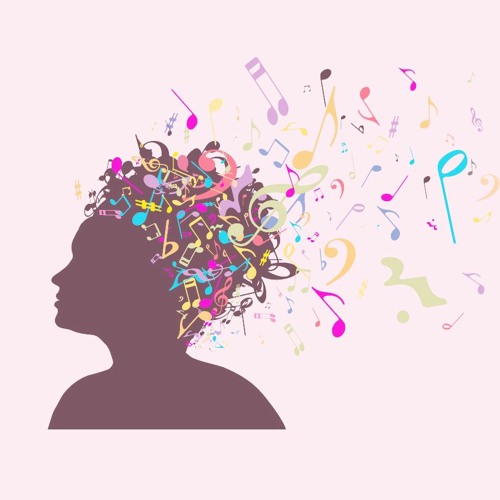The International “HEALTH EVIDENCE NETWORK SYNTHESIS REPORT 67: What is the evidence on the role of the arts in improving health and well-being? A scoping review” by the World Health Organizacion (WHO) is a very interesting analysis of the current scientific evidence on the use of arts therapies in the promotion of health and the management of diseases.
This report by Daisy Fancourt and Saoirse Finn summarizes the current evidence on the role of arts in improving health and well-being in European countries.
The focus of the document is to investigate research experiences in the use of arts. Despite the wide definition of arts, the report states that an art object can be a physical or an experiential asset which provides imaginative experiences for both the producer and the audience and comprises an emotional response. The art object creation requires specialized skills and must be novel, creative or original. Besides the art object must be relating the rules of form, composition or expression.
The review defines five categories of arts (Figure 1)

Figure 1. Categorization of arts for the purpose of the review
The categorization reflects both active and receptive engagement and several cultural boundaries, therefore, the methodology is flexible when categorizing the interventions. The use of arts has several components affecting the persons who participate. Arts have the ability to stimulate the imagination, activate sensory activity, evocate emotions, cognitive stimulation, social interaction, physical activity and aesthetic engagement. All these components are provoking responses in four dimensions of the human being:
Psychological, Physiological, Social and Behavioral. All these responses are directly linked with health outcomes, as for instance: Prevention of diseases, Management of health and diseases, Promotion of health and Treatment of diseases.
The methodology used is a scoping review, this means, that it aims to map the existing literature in the use of arts in health and wellbeing and quantify it in terms of the volume, nature, and characteristics of the primary research. Actually, the report addresses a broad synthesis question with the priority of gaining an expansive picture of the available evidence. The resources to analyze the state of the art are meta-analyses, meta-syntheses and meta-ethnographies and also individual studies and grey literature.
Therefore, the report is an illustrative picture of current interventions with arts in health and wellbeing, rather than a specific analysis of its impact with concrete outcomes.
The review analyzes more than 3000 articles, divided by the level of intervention related to health status:
- Prevention and promotion
- Management and treatment
For each of these categories, the report summarizes the existing research and literature for different health specialties (e.g. social interaction, Speech and Language, Clinical skills, acute conditions, surgery, intensive care, etc..).
For the shake of the project is interesting to analyze the interventions on degenerative neurological disorders and dementia. When directly compared with exercise interventions, dance appeared to have stronger effects on balance but not on other functional outcomes. Improvements of dance have been found in balance, gait speed and functional mobility.
Music, in particular, has been found to support cognition in people with dementia. A number of studies have found beneficial effects of listening to and making music for global cognition as well as for verbal fluency, visuospatial skills and speech. Singing, in particular, has been found to improve a wide range of cognitive skills including attention, episodic memory and executive function. Dance movement therapy and music have also been found to support embodied nonverbal communication even when language deteriorates.
The provision of arts activities in nursing homes and their encouragement within communities has been found to increase socialization and positive social behaviors and drama activities improved communication between patients and carers.
In relation to mental health in dementia, many studies have found benefits of music and dance for reducing anxiety and benefits for depression, particularly if the activity is repeated frequently and has a significant duration (eg. during three months or more).
The arts also have a positive effect on physical health and functioning. For people with dementia who have been hospitalized, music has been associated with a reduction in the average length of stay, an increase in discharges, a reduction in falls and a decrease in the need for antipsychotic drugs
In conclusion, there is a substantial body of evidence on the health benefits of the arts.

